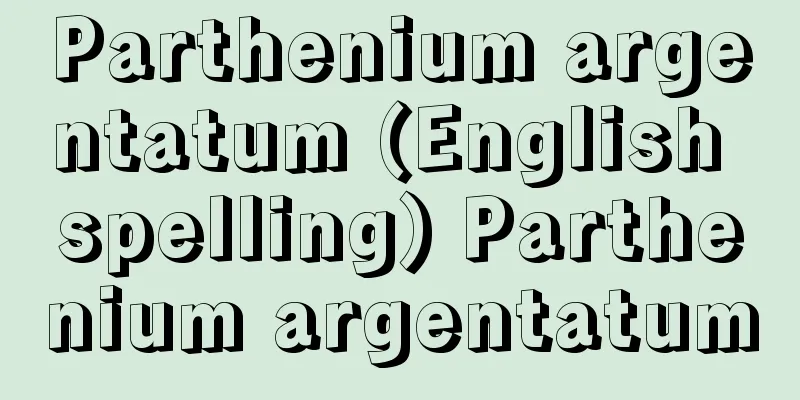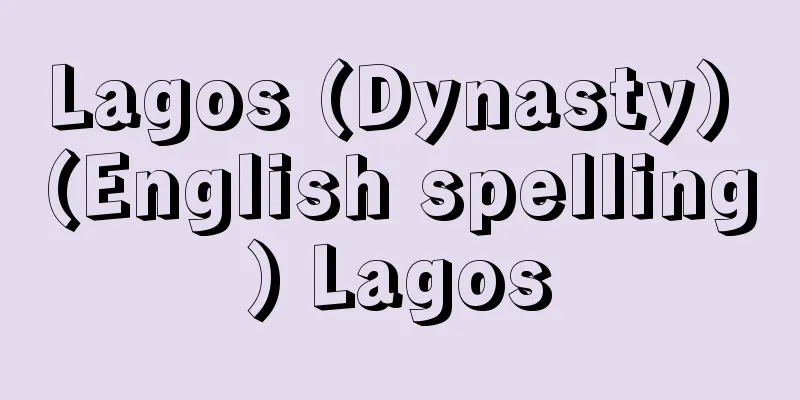Aizawa Incident

|
On August 12, 1935 (Showa 10), Army Lieutenant Colonel Aizawa Saburo assassinated Major General Nagata Tetsuzan, Director of the Military Affairs Bureau, while he was working at the Ministry of the Army. This incident was the foreshadowing of the February 26 Incident, and is also known as the Nagata Incident. Aizawa had long been friends with young Imperial Way Faction officers such as Muranaka Takatsugu and Isobe Asaichi, and resonated with their ideas. The November Incident (Military Academy Incident) of 1934 triggered the conflict between the Control Faction and the Imperial Way Faction to come to the surface, and in July of the following year, when the issue of replacing Mazaki Jinzaburo, the Inspector General of Education, who was regarded as the leader of the Imperial Way Faction, arose, Aizawa believed that Nagata was the mastermind of the Control Faction, who was "becoming a pawn of senior vassals, zaibatsu, and political parties, and turning the Imperial Army into a private army," and he decided to kill Nagata. The trial of Aizawa began at the First Division Military Court Martial on January 28, 1936, and the Imperial Way faction launched a legal battle to use the trial to criticize the Control faction, but when this reached a deadlock, they turned to planning the February 26 Incident. Aizawa was sentenced to death on May 7, and appealed to the First Division Military Court Martial the following day, but was rejected. The sentence was finalized on June 30, and the death sentence was carried out on July 3. [Hirozumi Abe] "The Truth behind the Aizawa Incident, by Sugawara Yutaka (1971, Keizai Oraisha)" ▽ "Excavating Showa History 7 and 8, by Matsumoto Seicho (1968, 1969, Bungeishunju)" ▽ "Secret Records of the February 26 Incident 1, edited by Hayashi Shigeru et al. (1971, Shogakukan)" [Reference item] |Source: Shogakukan Encyclopedia Nipponica About Encyclopedia Nipponica Information | Legend |
|
1935年(昭和10)8月12日、陸軍中佐相沢三郎が陸軍省で執務中の軍務局長永田鉄山(てつざん)少将を斬殺(ざんさつ)した事件。二・二六事件の伏線となったもので永田事件ともいう。相沢はかねてから村中孝次、磯部(いそべ)浅一ら皇道派青年将校と親交があり、彼らの思想に共鳴していた。1934年の十一月事件(士官学校事件)をきっかけとして統制派と皇道派の抗争が表面化し、翌1935年7月皇道派が首領と仰ぐ真崎甚三郎(まざきじんざぶろう)教育総監更迭問題が起こるや、相沢は、永田が「重臣、財閥、政党の手先となり皇軍を私兵化」している統制派の元凶であると考え、永田殺害を決意するに至った。相沢公判は1936年1月28日第一師団軍法会議で開始され、皇道派はこの公判を統制派批判に利用するため法廷闘争を展開するが、これが行き詰まると二・二六事件決起計画に転じる。相沢は5月7日死刑を宣告され、翌日第一師団高等軍法会議に上告したが棄却され、6月30日判決が確定、7月3日死刑が執行された。 [安部博純] 『菅原裕著『相沢中佐事件の真相』(1971・経済往来社)』▽『松本清張著『昭和史発掘7・8』(1968、1969・文芸春秋)』▽『林茂他編『二・二六事件秘録1』(1971・小学館)』 [参照項目] |出典 小学館 日本大百科全書(ニッポニカ)日本大百科全書(ニッポニカ)について 情報 | 凡例 |
<<: Masashi Aizawa - Masashi Aizawa
Recommend
Underwood, Francis Henry
Born January 12, 1825 in Enfield, Massachusetts. [...
Picture frame - Hangaku
?-? A woman from the Kamakura period. She was the...
Pardalote (Jewel Bird) - Pardalote (English spelling)
A general term for birds of the genus Pardalotus i...
Imperial Masu - Senjimasu
The official masu was established by decree of Emp...
Qufu
A county-level city located in the south of the c...
Mira Bai (English spelling)
1499‐1546 A 16th-century Indian female poet. Known...
Eiraku's vines - Eiraku's vines
…Not only his foreign activities, but also his cu...
Rumelia (English spelling)
The general name given to the European territories...
Imperial edict - Shochoku
A general term for documents issued by the Empero...
Titanium oxide - Sankachitan (English spelling) titanium oxide
A compound of titanium and oxygen. Three types of...
S-B - S-B
…The inner coast is below sea level and contains ...
Fujiwara no Yasuhira
Year of death: Bunji 5.9 (1189) Year of birth: 115...
Clouds
During the Edo period, this referred to travellin...
Ema - Ema
These are pictures that are offered to deified obj...
Shuowen Jiezi - Shuowen Jiezi
A dictionary from the Later Han Dynasty in China....









